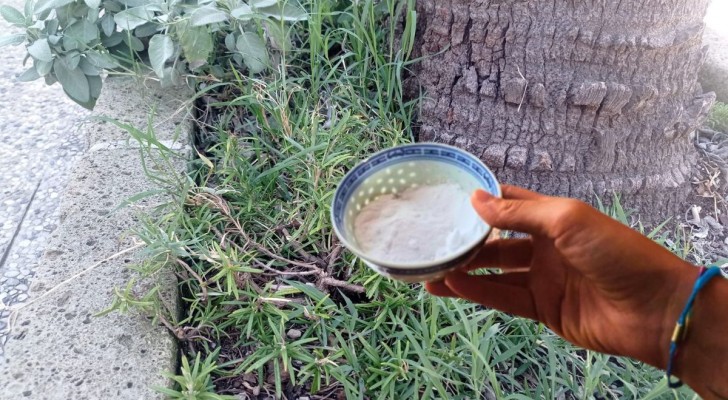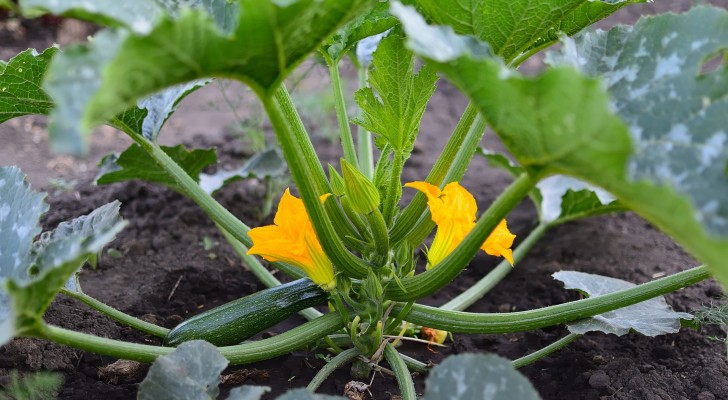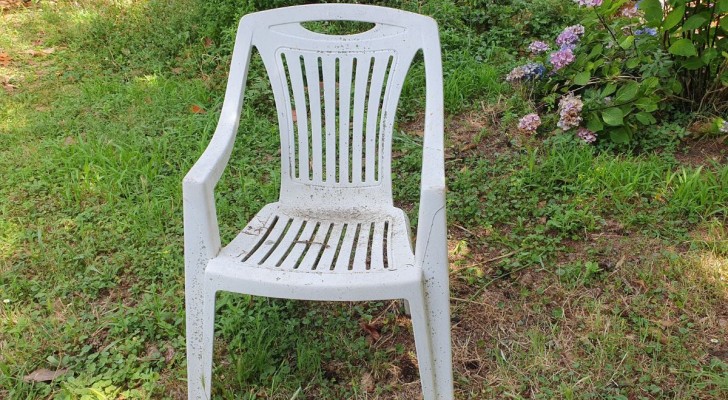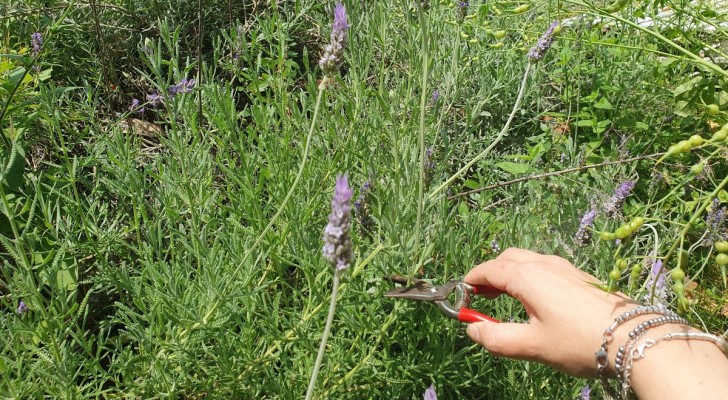All the secrets to cure mint and sage, two aromatic plants that cannot be missing at home

Easy to grow, beautiful to look at, fragrant and tasty to use in the kitchen, aromatic herbs are ideal plants to decorate pots at home or on the balcony, or even to add to the garden or vegetable garden.
Among the most widespread and appreciated are mint and sage, both very resistant perennials, whose cultivation is really simple, black-thumb proof. For both families there are many varieties, even the purely ornamental and inedible ones that are truly spectacular, but tend to be more delicate. By choosing botanical and less hybridised varieties, on the other hand, you can enjoy plants that come back every year even with little care, so much so that we must contain their growth. And above all, their flowers are loved by bees, so growing them in your balcony or garden is also a useful way to help a species that is essential for our survival.
Mint
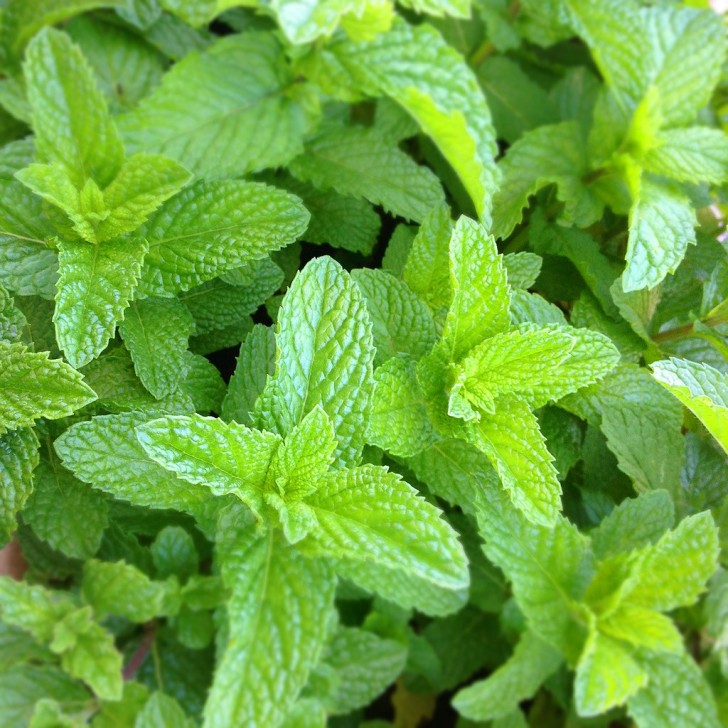
Known since ancient times, mint is one of the best known and cultivated aromatic plants in the world. This perennial plant boasts many different varieties, which change in the shape, color and scent of the leaves, as well as in the bearing of the whole bush. The maximum height varies from 40 to 60 centimeters, although those with a ground cover grow more than anything else by spreading over the ground. The adult plant develops a woody stem, and the color varies from green to purple. The flowers are white or violet and very fragrant.
Exposure
Mint adapts to many different climates, but fears frost in colder areas and prefers sunny locations even if constant exposure to direct sunlight in hot areas could make it suffer. Therefore, a bright position is better, where the sun comes directly for a few hours a day, so as to favor a greater concentration of essential oils. Besides, that in pots, if you put it in a vegetable garden you can also place it close to walls and walls, where in general other crops cannot be planted.
Soil and pot cultivation
Although it can grow almost everywhere, the best type of soil is a fertile and well-draining one, rich in humus and organic substances, with a neutral or only slightly acidic pH. Better to avoid clayey or too humid soils, so as not to run the risk of fungal diseases caused by water stagnation.
Ideally, also, the mint plants should be rotated, avoiding that they return to grow on the same soil for about 6 years. Furthermore, to always have plants in excellent condition, the soil should be renewed every 2 years, so as to guarantee continuous and abundant growth.
Reproduction
Mint can be reproduced by seed or by cutting. In the first case it must be taken care of between March and April, placing the seeds just below the surface of the soil. These, however, have a low germinability, so it is much more effective to resort to cutting.
Reproduction by cuttings of apex can be done in March, April, May or September, and has an excellent success rate, given that the twigs root and take root rather easily.
It is only necessary to remove the tips of the branches of the plant at least 20 cm long, with a knife or scissors with sharp and sterilized blades, so as not to infect the plant tissues. If you want to ensure the success of the cutting, as soon as these tips are taken, you can dip the cut tip in a little water and then in a rooting powder, and immediately place them in jars with soil. But if you have a lot of tips to plant in this way, it is a necessary step.
The pots in which to place the cuttings should have a layer of expanded clay at the bottom, and then soil composed of rich earth, sand and peat, to ensure that it is well dissolved, fresh and draining. After inserting the cut twigs, gently compact the soil around them.
Plant
When the seedlings have reached a height of about 20 cm, it means that the root system is well developed and you can transplant them into pots or into the ground. The first option is recommended if you want to contain the expansion of mint, so much so that there are those who also bury pots in the ground. Otherwise, you can use underground wood or metal panels to create dividers that enclose the mint plants.
If you want to grow it in pots, you can choose one that is also quite large (not necessarily very deep) and leave it alone, since it is highly invasive and can easily occupy all the space, suffocating other more delicate species. In fact, chances are you will find mint seedlings growing in nearby pots as the years go by.
Pruning
Mint doesn't need a lot of care. You can therefore limit yourself to eliminating dry branches and then, at the end of the summer, proceed to a more decisive pruning, cut the branches to ⅔ of the height (you can try even a little more) in order to favor the renewal and the tillering.
Irrigation
Preferably, the mint soil should not remain dry, or at least not for too long, so in times of drought remember to water the plants. Especially the young ones suffer a lot from periods of drought. In any case, wet the plants by making the water reach the collar, without wetting the leaves.
Collection and conservation
Mint leaves can be harvested at any time, but don't overdo it and leave the branches completely bare. In areas where winters are harsh, however, when the plant begins to become less thick with the lowering of temperatures you can collect all the leaves and cut the branches even very low, then perhaps mulching with straw to protect the roots during the cold period. . This vigorous plant, in fact, is able to re-emerge in spring even when it was completely cut.
The maximum aroma can be appreciated on the leaves when it is just picked, ideal for cooking, but remains quite persistent even after drying. To preserve the plant in this way you can use a dryer or hang the branches with the tips facing downwards in a dry and airy place. With the dried leaves you can perfume the house in potpourri or prepare herbal teas and flavor mint tea. A possible alternative, then, is freezing.
Sage

Another plant widely used in cooking in many parts of the world is salvia officinalis, which is also one of the most cultivated plants on balconies and in gardens. This evergreen perennial of Mediterranean origin is rustic and simple to grow, recognizable by its aroma and by the appearance of the elongated oval-shaped leaves covered with fine hair that makes them look silver.
The flowers, loved by bees and butterflies, are spikes with purple or lilac inflorescences. There is also an incredible quantity of ornamental sages, less rustic and inedible, in addition to those that are always edible but varied or with different aromas.
Exposure
Sage is a plant that loves the heat, so it prefers sunny positions, so avoid placing the pots on windowsills or balconies facing north; in flower beds or vegetable gardens, on the other hand, make sure that there are no branches of shrubs or trees that cast too much shade: they must receive direct sunlight for several hours a day.
It prefers temperate climates but is able to resist even for short periods of frost, and is not afraid of drought but too humid climates can be deleterious.
Ground
Sage can adapt to any type of soil but prefers very draining ones. Sometimes, in fact, it is advisable to also place stones in the vase or in the hole in which we will plant it. It is in fact a Mediterranean plant, therefore it prefers a calcareous substrate, while it has difficulty growing in clayey and too compact ones, which favor water stagnation.
Reproduction
Just like mint, plants can be grown and reproduced from seed or by cuttings, but sage seeds are also very small and with low germinability, so you need to use many more than you really need to hope to get enough seedlings. Sowing is done in early spring, placing the seeds just below the surface layer of the soil.
Reproducing the sage by cuttings is much simpler and faster: from spring until the end of summer it is therefore possible to cut the tips of the branches with sterilized scissors, preferring young ones. These are woody branches, so it is not possible to cut too low: generally you need to take the tips, for a maximum of one third of the length of the branch. Therefore, shoots or leaves must remain on the branch of the mother plant, otherwise it will dry out completely. In fact, cutting all the branches of sage plants too much (as with rosemary, lavender, thyme) means losing the entire specimen.
With each sprig removed, remove the lower leaves, leaving only the 4 or 5 apical ones. You can also in this case use the rooting powder, if you want, and in any case you will have to put the twig in a jar with clay on the bottom, soil and sand. Remember that, with such a draining substrate, you have to check every time it dries up completely, therefore watering quite often.
Within a maximum of a couple of months the seedling will be strong enough to be transplanted into a pot or into the ground.
Plant
When you want to arrange the plants ready to be planted, always work the soil well to aerate it well. In the open ground it is advisable to dig the deeper part, and hoe the more superficial one. If you want, you can enrich the soil with compost at this stage.
The plants can be planted from spring to mid-autumn, but when the temperatures are still low and the soil harder, it is better to avoid. Even the period of sunshine during the summer is a time when no plant should ever be subjected to such trauma.
Irrigation and fertiliser
As soon as you have finished placing the plant in the pot or on the ground, gently compact the soil and water immediately, continuing regularly even in the following days (always avoiding soaking it, so check when it dries) until the plant takes root.
When the plant is grown, it can withstand even prolonged periods of drought, but you will quickly realize by the vigor and colour of the leaves if it needs water. When the waterings become thinner over time, therefore, it is better to water abundantly - making sure that the water drains quickly.
Sage plants can benefit from occasional fertilization with nitrogen-based products to produce more leaves, but avoid overdoing it with compost or manure because adding nutrients too often can affect the aroma of the leaves
Pruning and protection from the cold
Sage is a perennial plant, and to prevent it from developing a too disordered posture with branches that stretch and fold, it is good to prune twice a year. At the end of winter, when the temperatures begin to rise, remove the dry branches and leaves, and then, when the plant has stopped flowering, you can intervene with a more decisive pruning, cutting the green branches almost completely: this is the moment in which you can take cuttings, and even if you do not want to propagate the plant, the indications mentioned regarding reproduction by cuttings always apply, that is to avoid completely eliminating the green part of the branches. Always use well sharpened and sterilized shears.
Collection and conservation
Even sage leaves can be harvested all year round, including winter: in fact, they maintain their concentration of essential oils rather unchanged in the various seasons. Always avoid picking up woody branches.
In the kitchen, the leaves are tastier as soon as they are picked, but they can also be dried easily with a dryer or by hanging the twigs upside down in a dry and ventilated place. You can then chop the dried leaves and use them as a seasoning for roasts. It is also possible to freeze the sage leaves.
Ready to decorate your home, vegetable garden and garden with these beautiful plants?
